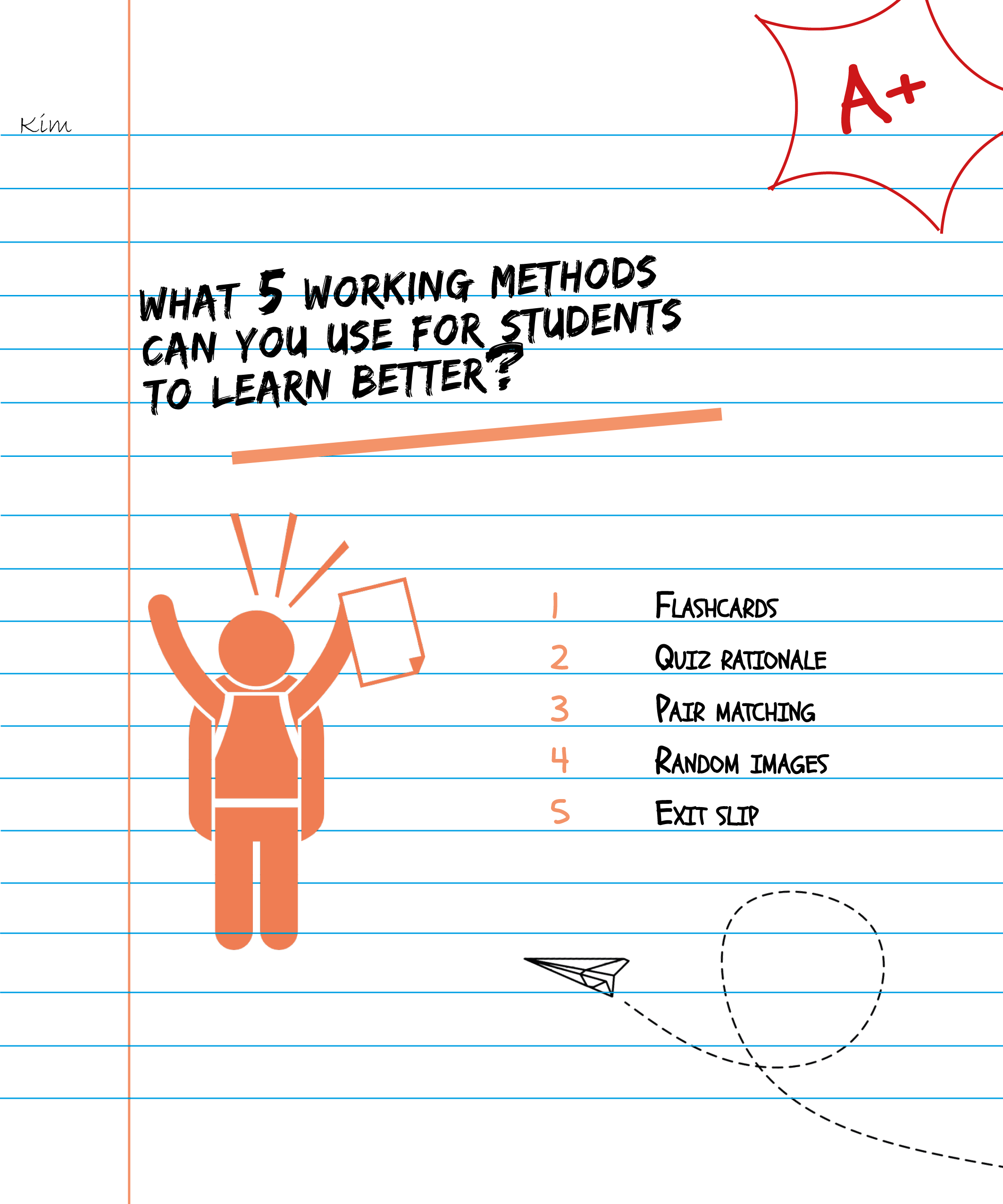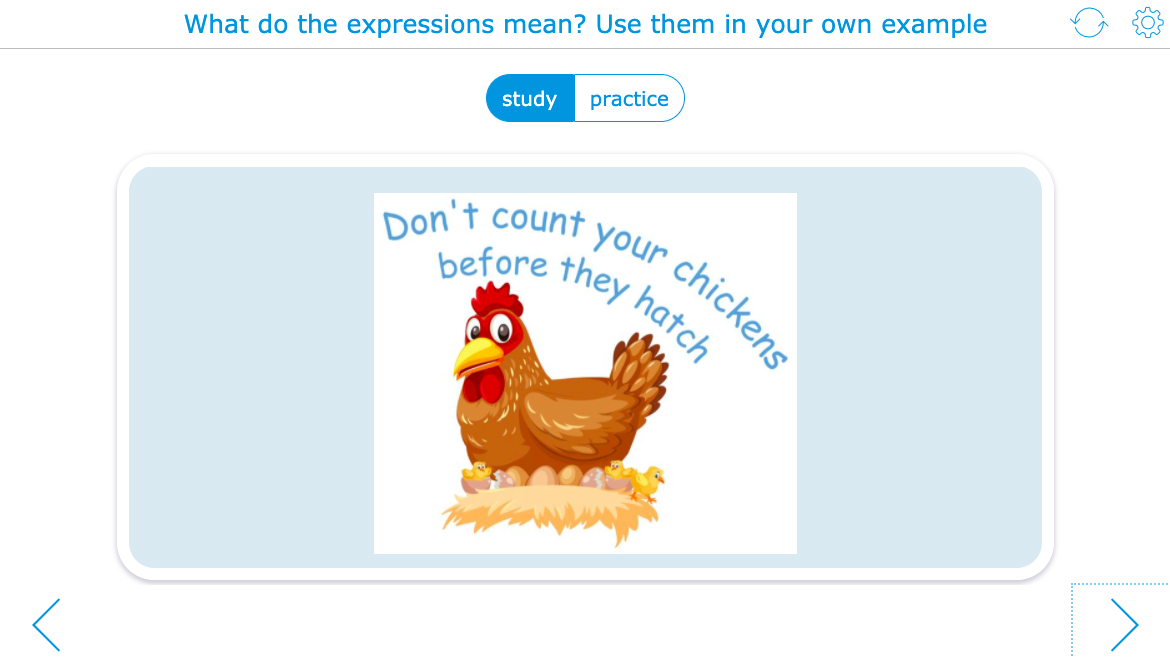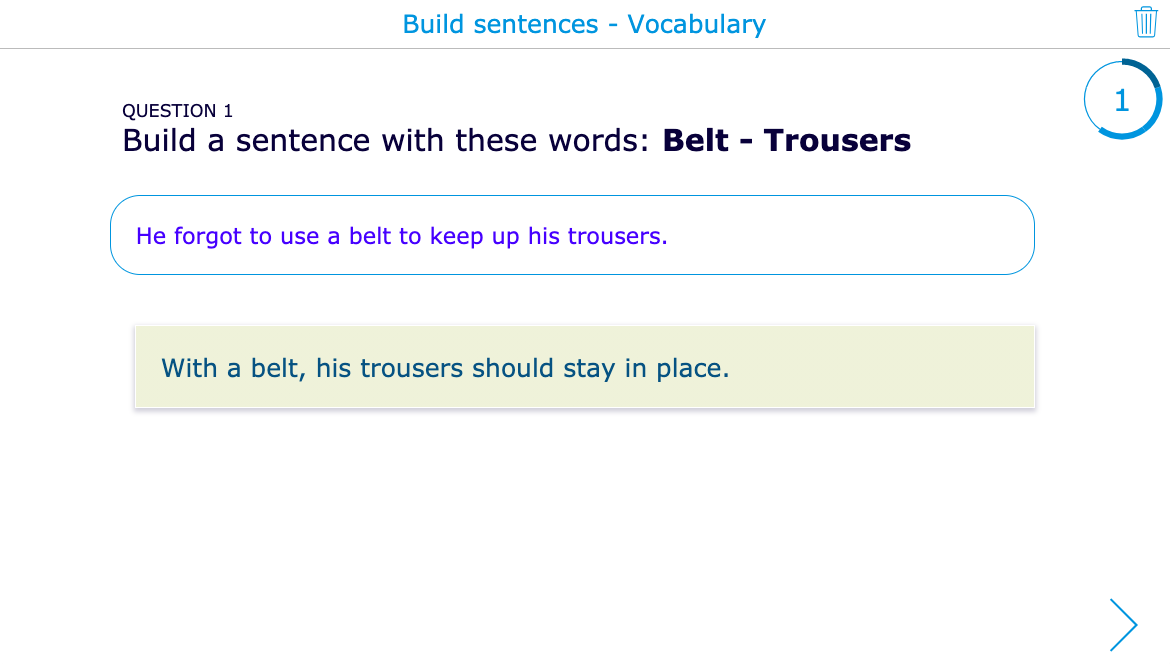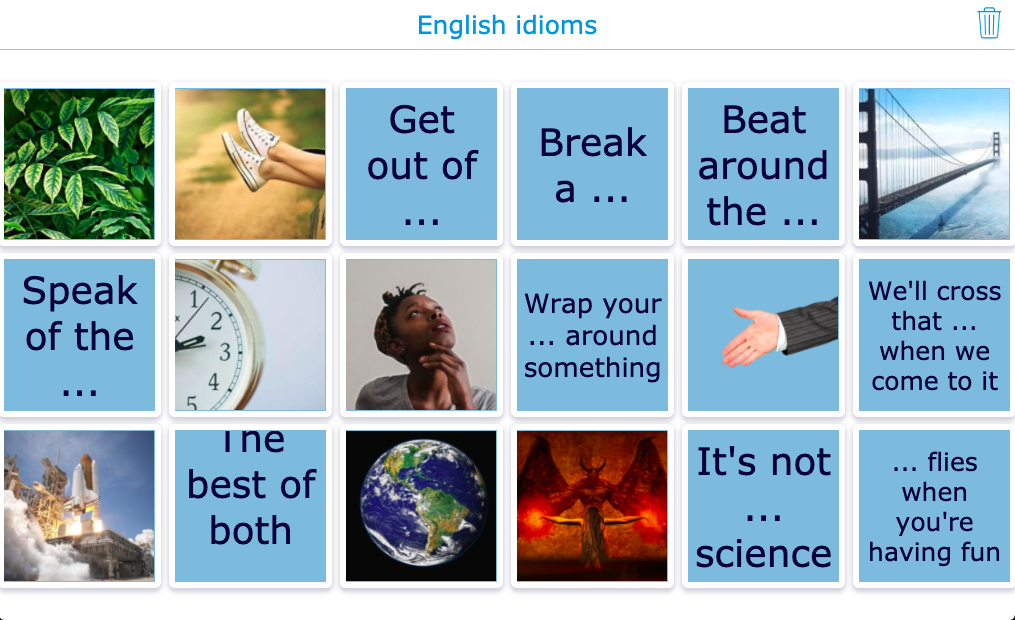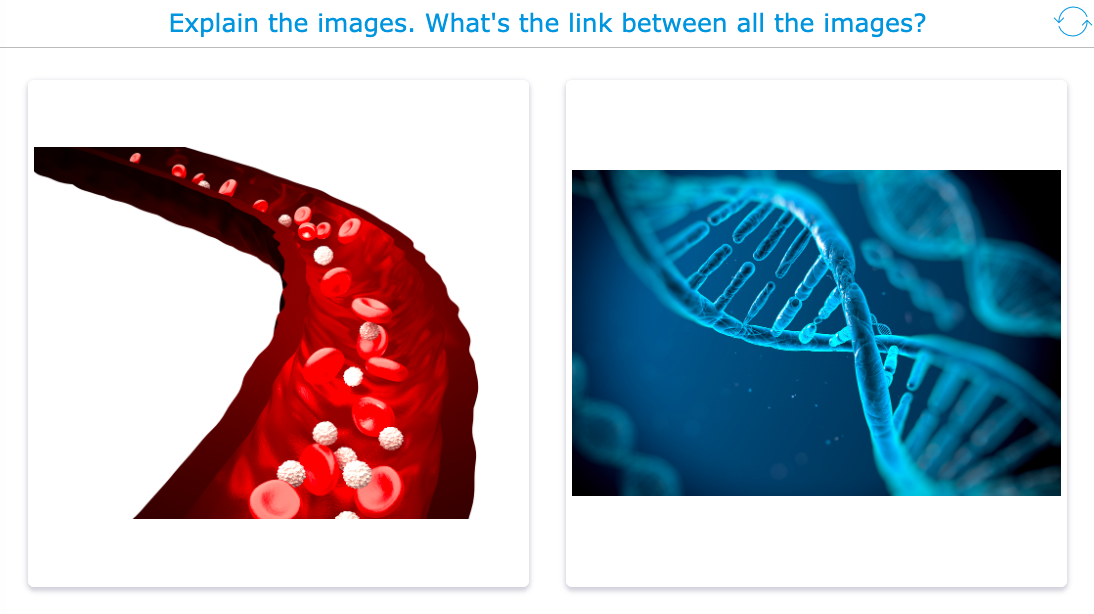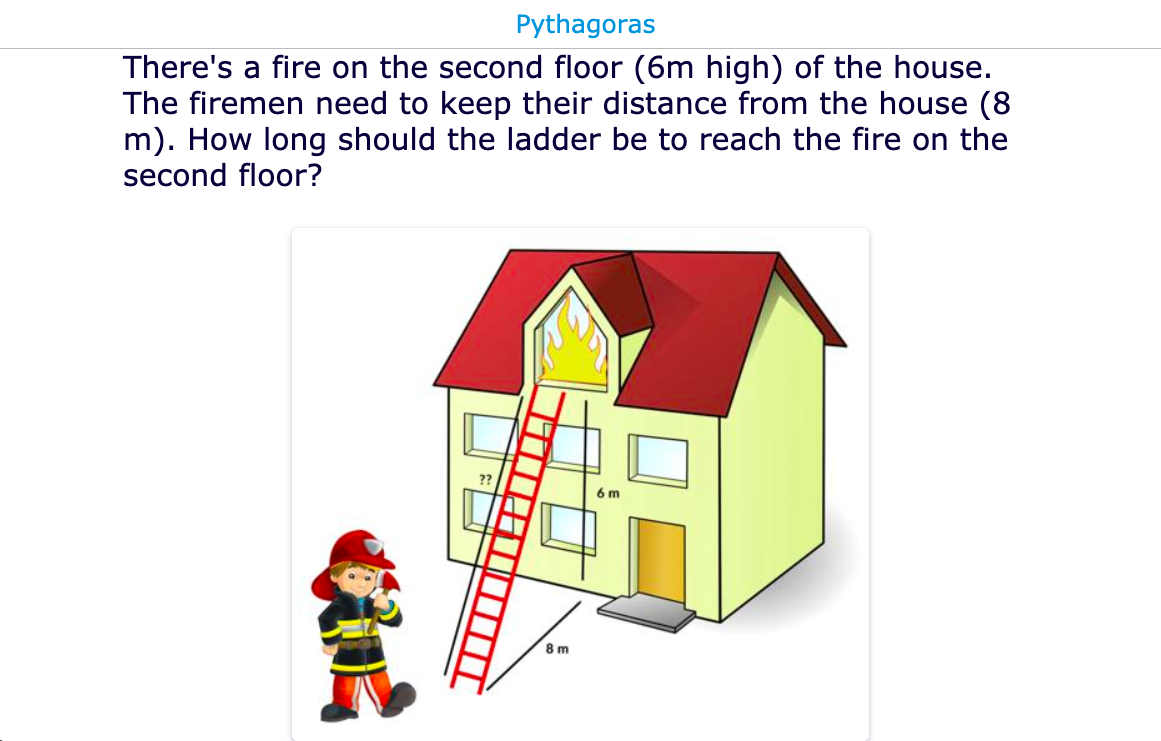Help students learn better by using concrete examples in your lessons
 Lucie Renard —
Lucie Renard —
Students forget sometimes. So do you. That’s just how your memory works. Learning strategies help your students boost their memory and help them forget less of your lesson content.
In this blog post series, I’m giving you specific lesson ideas with BookWidgets for each learning technique. The BookWidgets library has over 40 creative exercise templates, and most of them can be used to support the most effective learning strategies.
This blog post series of lesson ideas consists of 6 separate blog posts: one for each learning technique. In this post, I’ll handle the learning strategy “concrete examples”, for which I’ll give you 5 tips and lesson ideas.
Take a look at the first four blog posts about spaced practice, retrieval practice, dual coding, and elaboration.
Using BookWidgets for “concrete examples”
The “concrete examples” learning strategy consists of the following three steps:
Encouraging your students to go through all the lesson material and make them look for examples.
When they’ve collected all the examples they could find, they have to find a link between what they are studying and each example. This way, they understand how the example applies to the idea and they can come up with new fitting examples.
The last step is all about sharing. Here, students share and explain the examples with each other.
As it’s up to the students to learn, you can help them by adjusting your lessons in the best way possible. This makes it even easier for students to use learning strategies effectively.
Here are some ideas to incorporate concrete examples in your BookWidgets lessons.
1. Flashcards
Most of the time, Flashcards are used for drilling words or definitions. But, you can use them as example cards for your students as well.
The BookWidgets Flashcards can include text, images, and audio. This way, your examples come to life.
In the example below, the teacher gives the students examples of different English expressions. They can use the flashcards to study, but they can also create sentences of their own, using the examples given.
2. Quiz rationale
In the Quiz or (Split) Worksheet widget, you can add a rationale to every single question. If you ask me, that’s the perfect place to give your students an example that reflects on the question.
When students click on “show answers”, they get the correction AND they also get the example you added to the rationale.
In the quiz above, students have to build sentences on their own, using the words given. When they are done, the teacher’s examples will appear as well. They can remember these examples, and compare them with their own example to see if it’s correct or not.
3. Pair Matching
Add pairs to the Pair Matching widget with an example (text or image) and the matching link/term/keyword. Here, students have to match the example with the link, and explain to the student next to them why they made that pair.
In the example below, students have to find the matching English idioms and explain to their fellow students what the idiom means.
4. Random Images
In this Random Images widget, you can add images of examples that represent your lesson content. That’s all. Nothing more.
Students get two images at a time. They have to find the link (or differences) between both images.
5. Exit Slip
Go out with a bang. That’s the idea of an Exit Slip widget. In this case, you give your students one last example before your lesson ends. They have to write down the lesson idea that’s represented by the example.
The exit slip example has two purposes. Firstly, as a teacher, you know if your students understood your lesson. Secondly, your students recapitulate their understanding, which makes them remember better.
Wrap up
I hope these examples will encourage you to include lots of concrete examples in your lessons. It will help your students to process the learning materials faster, better, and remember them for a longer period of time!
Want to use these interactive lesson examples? Create a BookWidgets account for free and join the group “BookWidgets Blog”. You’ll find every widget we’ve created for our blog posts. You can also make some fun widgets yourself including concrete examples:
